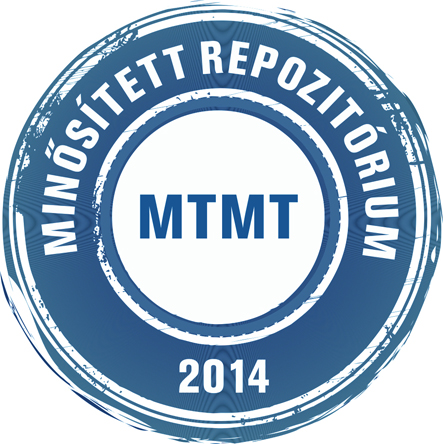Tinya, Flóra és Doerfler, Inken és de Groot, Maarten és Heilman-Clausen, Jacob és Kovács, Bence és Aszalós, Réka és Ódor, Péter (2023) A synthesis of multi-taxa management experiments to guide forest biodiversity conservation in Europe. GLOBAL ECOLOGY AND CONSERVATION, 46. ISSN 2351-9894
|
Szöveg
1-s2.0-S2351989423001889-main.pdf Download (3MB) |
Absztrakt (kivonat)
Most European forests are used for timber production. Given the limited extent of unmanaged (and especially primary) forests, it is essential to include commercial forests in the conservation of forest biodiversity. In order to develop ecologically sustainable forest management practices, it is important to understand the management impacts on forest-dwelling organisms. Experiments allow testing the effects of alternative management strategies, and monitoring of multiple taxa informs us on the response range across forest-dwelling organisms. To provide a representative picture of the currently available information, metadata on 28 multi-taxa forest management experiments were collected from 14 European countries. We demonstrate the potential of compiling these experiments in a single network to upscale results from the local to continental level and indicate directions for future research. Among the different forest types, temperate deciduous beech and oak-dominated forests are the best represented in the multi-taxa management experiments. Of all the experimental treatments, innovative ways of traditional management techniques (e.g., gap cutting and thinning) and conservation-oriented interventions (e.g., microhabitat enrichment) provide the best opportunity for large-scale analyses. Regarding the organism groups, woody regeneration, herbs, fungi, beetles, bryophytes, birds and lichens offer the largest potential for addressing management–biodiversity relationships at the European level. We identified knowledge gaps regarding boreal, hemiboreal and broadleaved evergreen forests, the treatments of large herbivore exclusion, prescribed burning and forest floor or water manipulations, and the monitoring of soil-dwelling organisms and some vertebrate classes, e.g., amphibians, reptiles and mammals. To improve multi-site comparisons, design of future experiments should be fitted to the set-up of the ongoing projects and standardised biodiversity sampling is suggested. However, the network described here opens the way to learn lessons on the impact on forest biodiversity of different management techniques at the continental level, and thus, supports biodiversity conservation in managed forests.
Tudományterület / tudományág
agrártudományok > erdészeti és vadgazdálkodási tudományok
Kar
Nem releváns
Intézmény
Soproni Egyetem
| Mű tipusa: | Cikk |
|---|---|
| SWORD Depositor: | Teszt Sword |
| Felhasználó: | Csaba Horváth |
| A mű MTMT azonosítója: | MTMT:34037184 |
| Dátum: | 28 Júl 2023 09:24 |
| Utolsó módosítás: | 28 Júl 2023 09:24 |
| URI: | http://publicatio.uni-sopron.hu/id/eprint/2773 |
Actions (login required)
 |
Tétel nézet |


 Repozitóriumi letöltési statisztika
Repozitóriumi letöltési statisztika Repozitóriumi letöltési statisztika
Repozitóriumi letöltési statisztika
